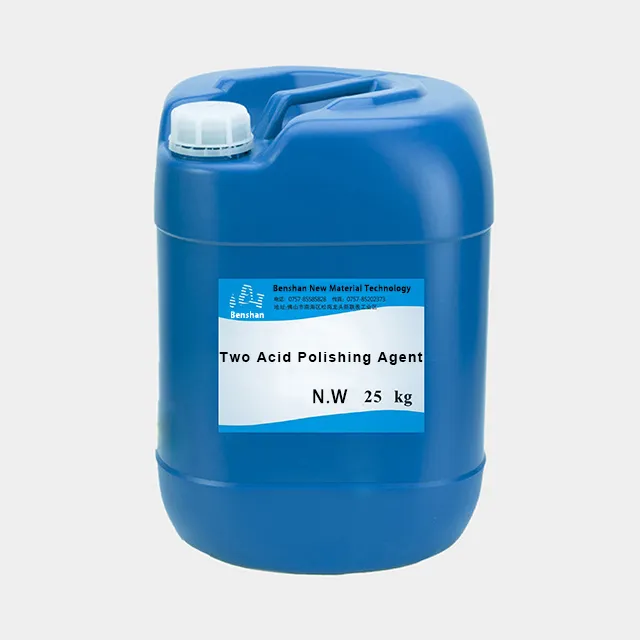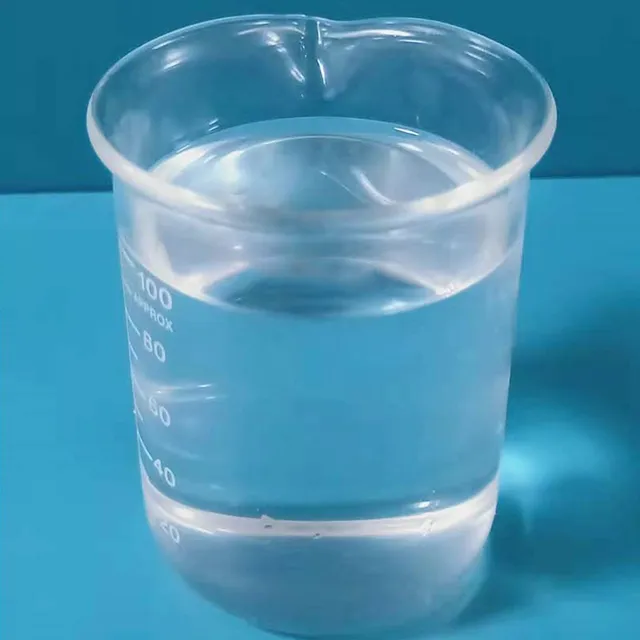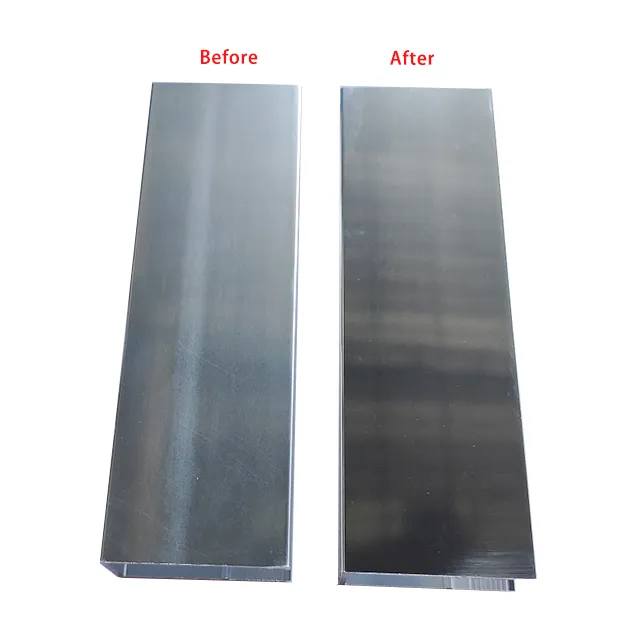
How is chemical polishing additive different from traditional polishing methods?
2024-03-14 15:30
With the continuous development of science and technology, chemical polishing agent has emerged in the field of surface treatment. Compared with traditional polishing methods, it brings many novel features and advantages. This article will delve into the differences between chemical polishing additive and traditional polishing methods, revealing the unique features of this new technology.
1. Differences in polishing mechanisms: chemical reaction and physical friction
The biggest difference between chemical polishing compound and traditional polishing methods is the polishing mechanism. Traditional polishing mainly relies on physical friction, while chemical polishing agents act on the material surface through chemical reactions to eliminate minor defects. This difference makes chemical polishing more refined and able to handle microscopic problems that are difficult to reach with traditional methods.
2. Polishing speed and efficiency: rapid promotion of chemical reactions
In terms of polishing speed, chemical polishing compound shows a more rapid driving force. Due to the characteristics of the chemical reaction, it can eliminate surface defects more quickly and improve production efficiency. This means shorter processing times and higher throughput compared to traditional polishing.

3. Applicability to different materials: widely applicable chemical polishing
Traditional polishing methods have limited applicability on different materials, while chemical polishing agents show wider applicability. Whether it is metal, plastic or composite materials, chemical polishing can provide a satisfactory surface treatment, making it suitable for a wide range of applications in a variety of industries.
4. Surface fineness: the chemical essence of microscopic treatment
Chemical polishing additive has obvious advantages in surface fineness. Since chemical reactions can achieve precise processing of microstructures, chemical polishing can improve surface flatness at the nanometer level and enhance the appearance quality of products.
5. Saving energy and resources: the concept of environmentally friendly polishing
From an energy and resource perspective, chemical polishing agents are more environmentally friendly. Traditional polishing usually requires a large amount of energy and abrasives, while chemical polishing achieves polishing effects through chemical reactions, reducing energy waste and resource consumption, and is in line with the concept of sustainable development.

6. Automation and intelligence: Improve the intelligence of production lines
With the development of industrial automation, the application of chemical polishing compounds has become easier to achieve automation and intelligence. The introduction of chemical polishing technology into the production line can achieve better control of the production process and improve the intelligence of the production line, thereby better adapting to the needs of modern manufacturing.
7. Post-polishing waste disposal: a sustainable path to reduce environmental burden
In terms of waste treatment, the application of chemical polishing additives also brings new paths. Since a large amount of abrasives are not required during the polishing process, harmful particles in the waste are reduced, which reduces the environmental burden of waste treatment and is more in line with the direction of sustainable development.

8. Polishing cost considerations: efficient and economical polishing options
Although chemical polishing additive may bring a certain cost in the initial stage of introduction, in long-term operation, its efficient polishing speed and precise processing effect can save a lot of energy and material costs, making the overall polishing cost more cost-effective.
Conclusion
Compared with traditional polishing methods, chemical polishing compound exhibits more advanced features and unique advantages. From the aspects of mechanism difference, polishing speed, applicability, surface fineness, environmental protection, intelligence, waste treatment and cost considerations, chemical polishing agents have shown unprecedented potential and broad prospects. Today, as the manufacturing industry continues to pursue efficiency, precision and environmental protection, chemical polishing additive is undoubtedly a new trend leading the development of the industry.








